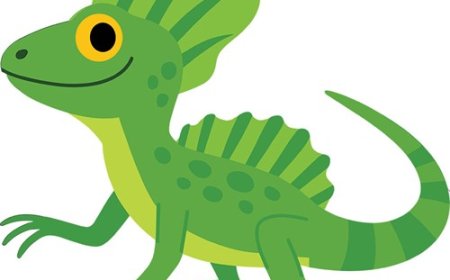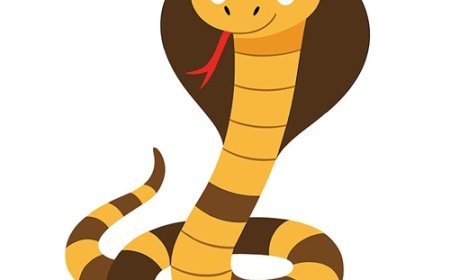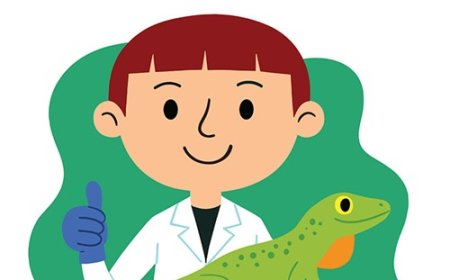Leatherback Sea Turtle Facts for Kids – The Largest Living Turtle
Learn about the Leatherback Sea Turtle and its habitat
Scientific Name and Classification
- Common Name: Leatherback sea turtle
- Scientific Name: Dermochelys coriacea
- Kingdom: Animalia
- Phylum: Chordata
- Class: Reptilia
- Order: Testudines
- Family: Dermochelyidae
- Genus: Dermochelys
- Species: D. coriacea
🐢 Introduction
The leatherback sea turtle is the largest turtle in the world and the only one without a hard, bony shell. It is known for its long migrations and ability to dive to great depths.
🦎 Appearance
Leatherbacks have a dark, leathery skin with white spots and ridges running the length of their bodies. They can grow up to 7 feet (2 meters) long and weigh over 2,000 pounds (900 kg).
🌍 Habitat
They live in oceans around the world, from the tropics to the cold waters near the Arctic and Antarctic. They nest on sandy beaches.
🍽 Diet
Leatherbacks eat mainly jellyfish, helping keep jellyfish populations in check. Their soft, scissor-like jaws are perfect for this diet.
🔄 Life Cycle
Females lay 50–100 eggs in sandy nests. Hatchlings emerge after about two months and head straight to the sea. Adults can live over 45 years.
🐾 Behavior and Social Structure
Leatherbacks are solitary and spend most of their lives at sea. They are strong swimmers and can dive deeper than 4,000 feet (1,200 meters).
🛡 Conservation Status
Listed as vulnerable by the IUCN, leatherbacks face threats from fishing nets, plastic pollution, and loss of nesting beaches.
🎭 Cultural Significance
In some coastal communities, leatherbacks are a symbol of endurance and ocean life, though hunting them is now illegal in many places.
✨ Fun Facts
- They are the fastest swimming sea turtles.
- Can survive in colder waters than any other sea turtle.
- Have existed for over 100 million years.
- Their migrations can be over 10,000 miles long.
📌 Key Takeaways
- Largest turtle in the world.
- Leathery shell instead of a hard one.
- Feeds mostly on jellyfish.
- Can dive extremely deep.
- Vulnerable due to human activity.
🐾 Kid-Friendly Summary
Leatherback sea turtles are huge turtles with soft shells. They travel far across the oceans and love to eat jellyfish. They are in danger and need our help.
📚 Vocabulary Words
- Leathery – Having a tough, flexible texture like leather.
- Migration – A long journey animals make to find food or reproduce.
- Vulnerable – At risk of harm or extinction.
- Solitary – Living alone, not in groups.
- Nesting beach – A sandy shore where sea turtles lay eggs.
- IUCN – International Union for Conservation of Nature, which ranks species’ risk levels.
- Plastic pollution – Harm caused by waste plastic in the environment.
- Hatchling – A young turtle that has just come out of its egg.
🧠 Interactive Quiz: Test Your Leatherback Sea Turtle Knowledge
- What makes leatherback sea turtles different from other turtles?
- A. They are smaller
- B. They have no shell
- C. They have a leathery shell
- D. They live in rivers
- What is their main food?
- A. Seaweed
- B. Jellyfish
- C. Fish
- D. Shrimp
- True or False: Leatherbacks can dive deeper than 4,000 feet.
- True
- False
- How far can they migrate?
- A. 100 miles
- B. 500 miles
- C. 2,000 miles
- D. Over 10,000 miles
- What is one major threat to leatherback turtles?
- A. Too much food
- B. Cold water
- C. Fishing nets and plastic
- D. High waves




















































